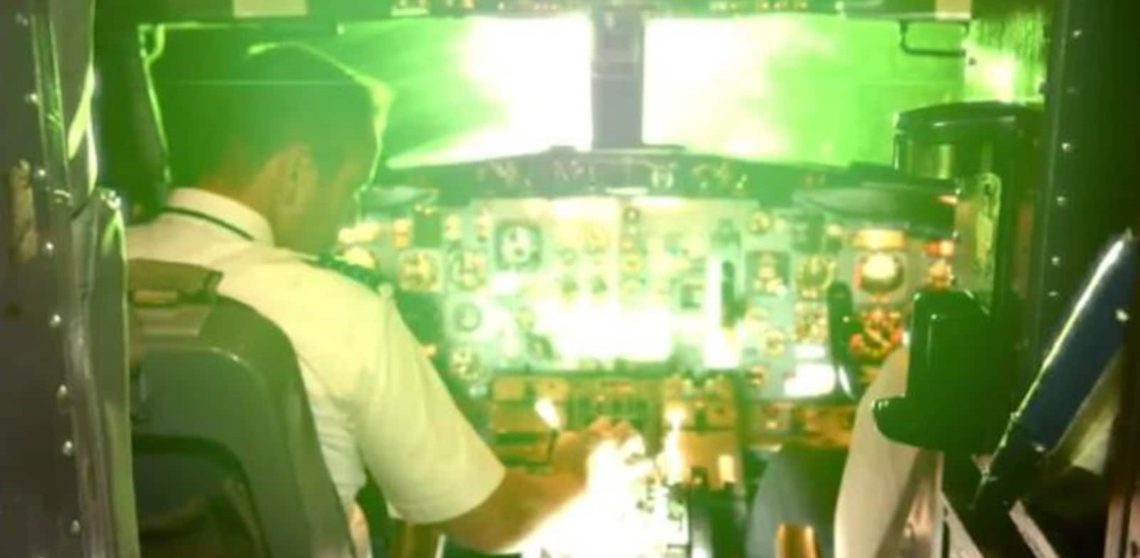Airbus is selling its C295 tactical airlifter to a mystery Southeast Asian customer and is fulfilling a follow-on order for Thailand, the company announced.

www.defensenews.com
|" Industry sources tell Defense News that in this case, the “Asia-Pacific” region refers specifically to Southeast Asia instead of the wider geographic region. The sources added that the unnamed customer has never before operated the C295, narrowing the mystery buyer to Brunei, Malaysia, Singapore, Cambodia, Laos and Myanmar. "|
It is unlikely that Cambodia, Laos or Myanmar are the unnamed customer. I also dont think Malaysia and Singapore will request such a secrecy, besides that both countries do not have an urgent requirement for this class of transport aircrafts as far as i know.
What about Papua-Nugini and Timor-Lorosae? Both countries have a very limited defence budget and Papua-Nugini is officially not an Southeast-Asian country.
So...left over is indeed Brunei, which at the moment only has one CN235.

www.realcleardefense.com





